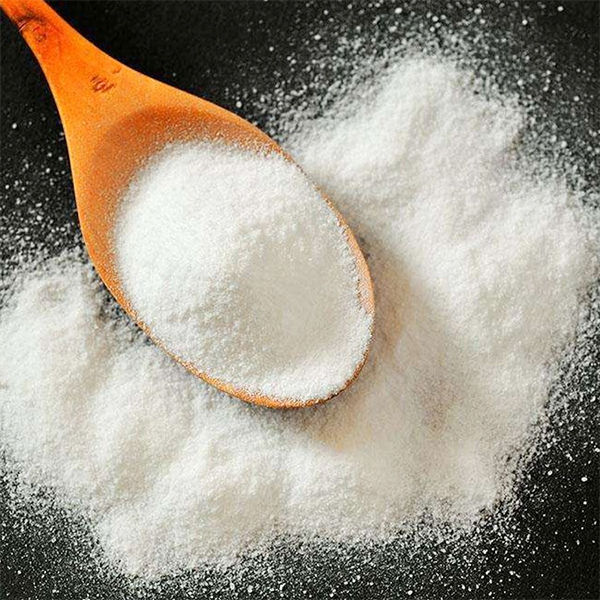Cellulose in Paints Enhancing Performance and Sustainability
The use of cellulose in various industries has gained significant attention due to its eco-friendly properties and versatility. Among these applications, the incorporation of cellulose in paints has emerged as a noteworthy development. This natural polymer, derived from plant cell walls, not only improves the performance of paints but also aligns with the growing trend of sustainability in the coatings industry.
Cellulose is renowned for its film-forming abilities, which contribute to the stability and durability of paint formulations. When added to paint, cellulose can enhance the viscosity and consistency, improving the application process and flow properties. This leads to smoother finishes and better coverage, ultimately providing a superior aesthetic appeal. Furthermore, cellulose-based additives aid in controlling the drying time of paints, allowing for optimal workability during application.
Cellulose in Paints Enhancing Performance and Sustainability
Moreover, cellulose is biodegradable and derived from renewable resources, making it an excellent choice for sustainable paint formulations. As consumers become more environmentally conscious, the demand for eco-friendly products is rising. By using cellulose, paint manufacturers can offer a product that meets these sustainability criteria without compromising on quality. This shift not only addresses consumer concerns but also aligns with global efforts to reduce reliance on synthetic materials that contribute to pollution and environmental degradation.
cellulose for paints

In terms of performance, cellulose can enhance the resistance of paints to water, chemicals, and UV radiation. These properties are vital for ensuring that painted surfaces withstand varying environmental conditions, especially in outdoor applications. Cellulose-based additives can improve the longevity of paints used in exterior settings, providing protection against the elements while maintaining their color vibrancy and integrity over time.
Furthermore, the use of cellulose in paints can contribute to improved air quality. Many conventional paints release volatile organic compounds (VOCs) during application and drying, which can lead to air pollution and health risks. Cellulose-based formulations often have lower VOC levels, thereby promoting healthier indoor environments. As regulations surrounding VOC emissions become stricter, the demand for low-VOC and eco-friendly paint options is likely to increase, positioning cellulose as a timely and relevant solution.
In addition to its functional benefits, cellulose also offers aesthetic advantages. The use of cellulose in paint formulations can lead to a range of textures and finishes, allowing for greater creativity and personalization in design. This adaptability makes cellulose a valuable component for both decorative and functional coatings, catering to diverse consumer preferences.
In conclusion, the incorporation of cellulose in paints represents a significant advancement in the coatings industry. Its ability to enhance performance, promote sustainability, and improve user experience positions cellulose as a key ingredient for the future of paint formulations. As manufacturers continue to innovate and prioritize environmentally friendly practices, cellulose-based paints are likely to become increasingly prevalent. This shift not only meets consumer demands for quality and sustainability but also reflects a broader commitment to protecting our planet for future generations. Embracing cellulose in paints is a step towards a more sustainable and responsible approach to one of the most essential products in our everyday lives.
-
The Application and Significance of Construction RdpNewsMay.19,2025
-
Industrial Grade HpmcNewsMay.19,2025
-
Building Coating Adhesive Building Coating Adhesive HpmcNewsMay.19,2025
-
Application Of Hpmc For Detergent For Detergent In DetergentsNewsMay.19,2025
-
Application Of Hpmc Cellulose In Cement-Based MaterialsNewsMay.19,2025
-
Application Of High Quality Hpmc For Construction In The Field Of ConstructionNewsMay.19,2025




